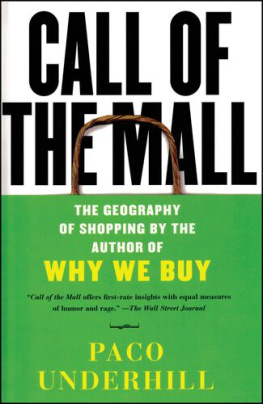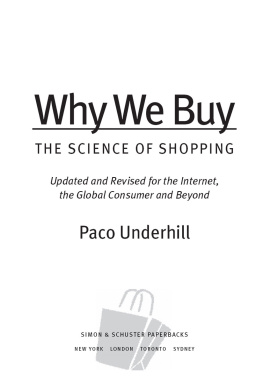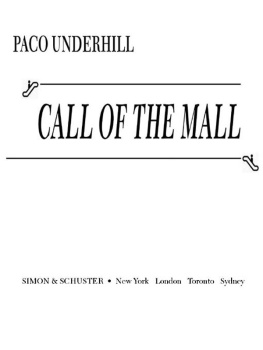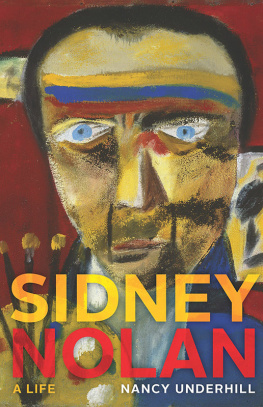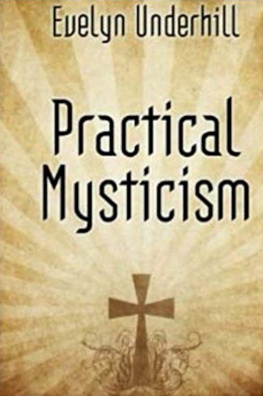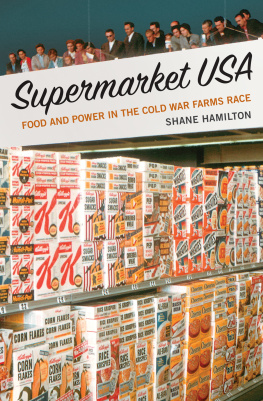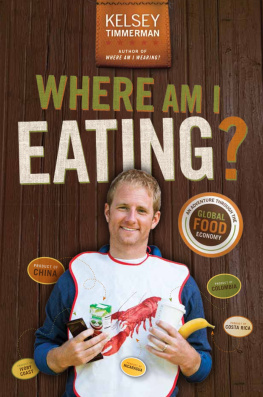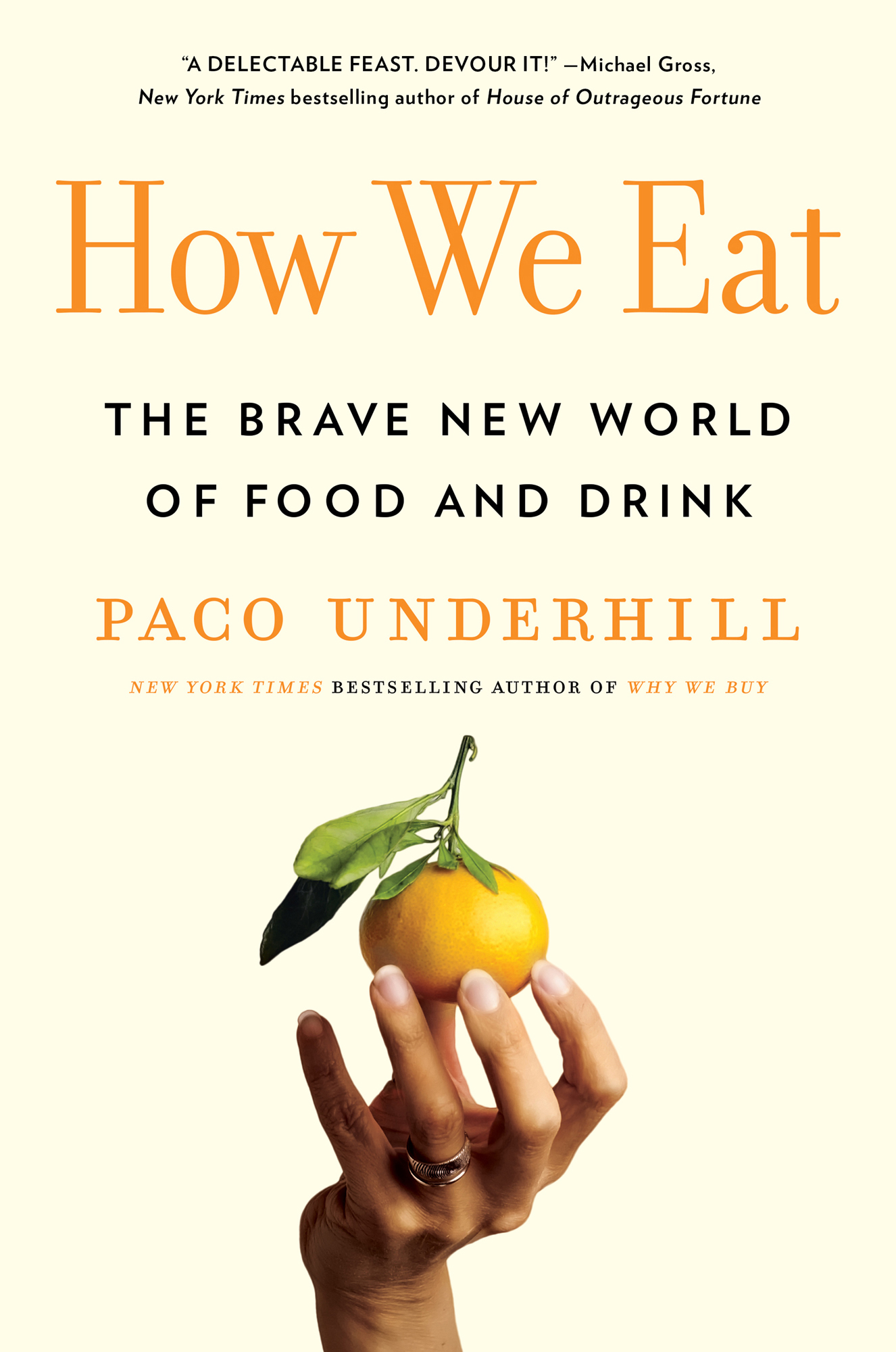Contents
Guide
A Delectable Feast. Devour It! Michael Gross,
New York Times bestselling author of House of Outrageous Fortune
How We Eat
The Brave New World of Food and Drink
Paco Underhill
New York Times bestselling author of Why We buy
ALSO BY PACO UNDERHILL
Why We Buy
Call of the Mall
What Women Want

Simon & Schuster
1230 Avenue of the Americas
New York, NY 10020
www.SimonandSchuster.com
Copyright 2022 by Peckshee, LLC
All rights reserved, including the right to reproduce this book or portions thereof in any form whatsoever. For information, address Simon & Schuster Subsidiary Rights Department, 1230 Avenue of the Americas, New York, NY 10020.
First Simon & Schuster hardcover edition January 2022
SIMON & SCHUSTER and colophon are registered trademarks of Simon & Schuster, Inc.
For information about special discounts for bulk purchases, please contact Simon & Schuster Special Sales at 1-866-506-1949 or .
The Simon & Schuster Speakers Bureau can bring authors to your live event. For more information or to book an event, contact the Simon & Schuster Speakers Bureau at 1-866-248-3049 or visit our website at www.simonspeakers.com.
Interior design by Carly Loman
Jacket design by Ryan Raphael
Jacket photograph by JUJ Winn/Getty Images
Library of Congress Cataloging-in-Publication Data is available on file.
ISBN 978-1-9821-2709-1
ISBN 978-1-9821-2712-1 (ebook)
This book is dedicated to my wife, Asiye Kay Underhill
INTRODUCTION My Life in Food
W hat can I tell you about food?
Im not a biologist or a nutritionist. Not a cookbook author or a chef. Ive never stocked a supermarket shelf or raised a chicken or sold a sandwich. But I have spent countless hours over more than three decades watching people shop for food and drink. Ive devoted more of my time and labor to this activity than just about anything else, including sleeping (and eating). Sounds weird, I know, but we all make our way through life doing something. If you had suggested in my youth that Id wind up regarded as an expert in how to sell apples, or the dynamics of fast-food drive-through lines, or the geography of supermarket shelving, Id have asked you what you were smoking. Life takes you places. Ive loved every nerdy minute of mine.
This odd occupation grew out of my time as a graduate student in urban studies, learning from the legendary urbanist and author William Holly Whyte. To study how people move through city streets, we would stand on New York rooftops, watching the unsuspecting pedestrians below, seeing where they would slow, or stop, or hurry along, and trying to understand why. I took the methods I learned from Holly and brought them into stores, malls, restaurantsany place humans go to buy things. In time, Envirosell, the company I started in 1986, earned a long roster of clients big and small (though mostly bigresearch is expensive) that hired us to study their places of business and see what they were doing right or wrong or not at all.
During the past thirty-five years, my colleagues and I have worked in forty-seven countries, for more than a third of the Fortune 100 list. Weve spent time in every major supermarket chain, and almost every convenience store outlet too. Weve done studies for all the big grocers throughout Mexico, Canada, Latin America, China, South Africa, Southeast Asia, Europe. Weve passed hours and days in convenience stores in Japan and Taiwan, mom-and-pop tiendas in Central America, OXXOs in Mexico, kiranas in India, gas stations in Scandinavia (where the Nordic world goes to buy milk), Pick n Pays in South Africa, Wongs in Peru, Extras in Brazil, METROs in Turkey, GS in Italy, Carrefour in France, Migros in Switzerland, Centras in Ireland, Tesco and Waitrose in the United Kingdom, Longos and Loblaws in Canada, as well as airport snack-food shops all over the planet. Lots of those.
In the early years of commercial research, there were two main tools to help merchants understand how they were doing. The first was simply asking customers questions about their shopping habits and in-store behaviors. But one thing researchers learn quickly is that what people say they do and what they actually do are often very different. Its not so much that we liewe just dont always tell the whole truth. This is a constant across all consumer research: For example, we tend to underreport how many times a day we snack, while we exaggerate the hours we spend exercising. Its human nature.
The other measuring tool was simply counting up what a store sold. Its a good way of cataloging victories, but it has its limitations. All you find out is what happened, but not why or how. And you learn nothing about what didnt happen, which can be just as important.
There was little attention paid to individual people in the aisles of a storethe details of precisely how they move and behave. In the mid-eighties, we came up with a system that weve used all over the world and which we still use, a method of research we call tracking. It just means that we hang around in stores and surreptitiously follow shoppers as they go about their business. Using a map of the store and a shorthand system of notation, we chart every single thing that a shopper does, from the moment they enter until they exit. For example, in a supermarket the track might report this: A fortyish man in a tan overcoat enters at 10:32 a.m., grabs a shopping basket, walks to the right, goes to the banana display, selects a bunch, then goes to the blueberry table, picks up a package, looks at the price, puts it down, then moves to the garlic. Or well be hired to study just one section of the store, to see how young women shop for beer, or whether consumers look at calories or price before they choose soft drinks.
Weve gotten very good at remaining unseen by shoppers, even with our clipboards and pencils (old-school) or electronic devices in hand. You learn to stand just far enough behind and to the side of someone to see what theyre doing without being seen. We go undetected around 97 percent of the time, weve determined. We always say that we know were good at this when we catch shoplifters in the actbecause if they dont spot us, nobody will. When we do get busted, its often by children, who tend to be hyperaware of their surroundings in public places.
There have been only thirty-five or forty people I rely on to perform this odd, fascinating work. Some have been with me for twenty years or more. Quite a few are theater peopleactors love watching how humans behave. Our most experienced tracker, with some four hundred missions under his belt, is a former kindergarten teacher, a gentle, highly observant man who in a previous life played lead guitar in an indie band called Codeine. (Anybody remember them?)
We also use cameras and videoincluding time-lapse photographyto record what goes on in retail environments. We even have high-tech eyeglasses that place our cameras inside shoppers heads (more about this laterits pretty cool). Theres a room in our headquarters packed floor to ceiling with every form of electronic data storage ever invented, the most complete visual record of human shopping behavior ever compiled. We talk to shoppers, too, of courseusually

